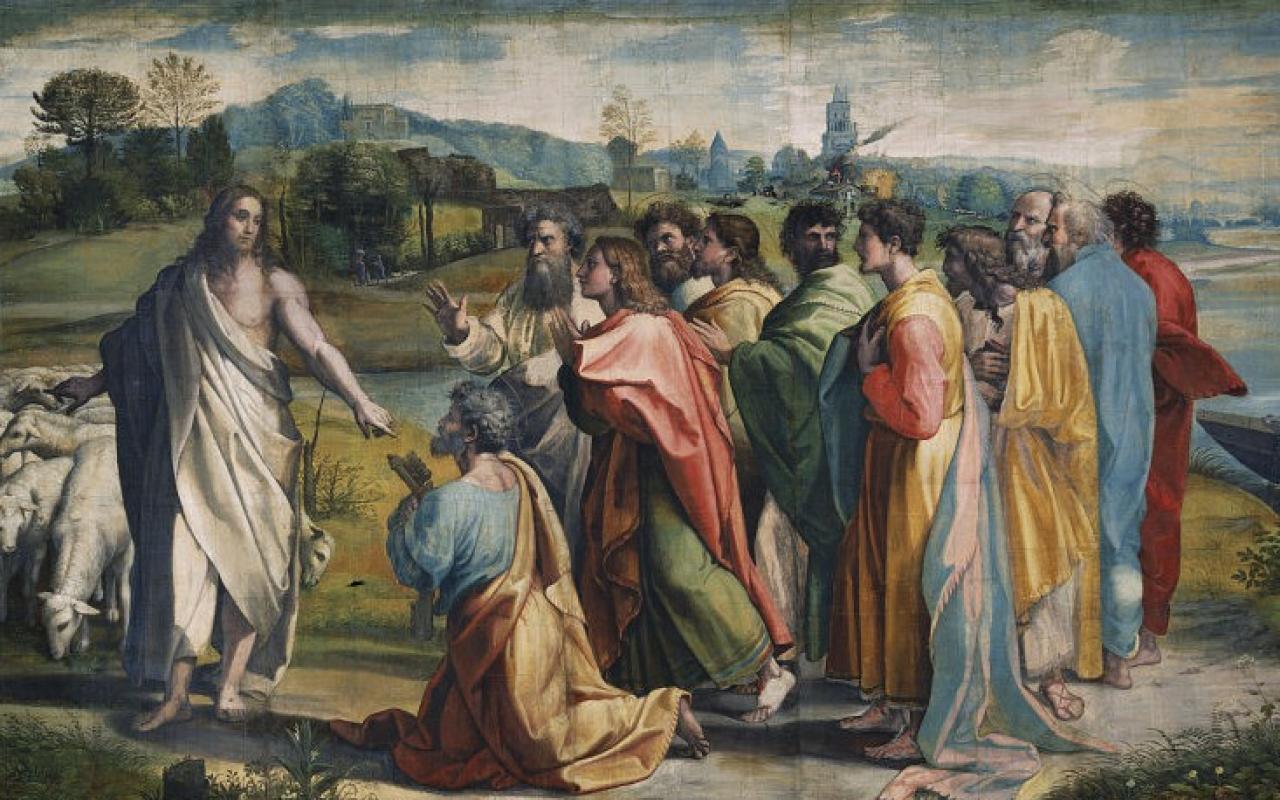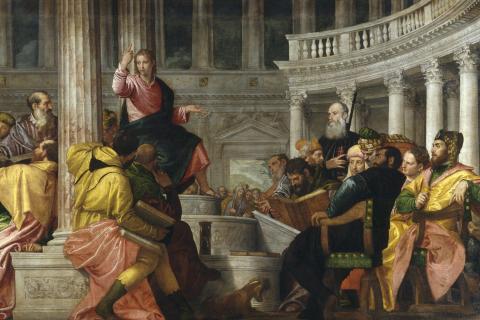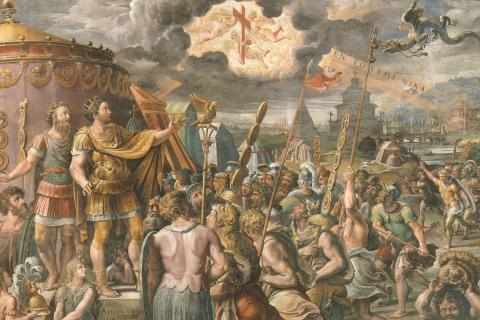
While the modern mind is resistant to granting credibility to witnesses of religious events, it is often willing to grant credibility to witnesses of secular events.
It is not uncommon to hear young people say that biblical texts cannot be trusted. They maintain a dismissive attitude toward anything religiously ancient, not because of its historical value but because biblical peoples are untrustworthy. Given modern advances in science and technology, ancient peoples appear to be rooted in myth and superstition and thus are inferior to contemporary sensibilities.
In response to this attitude, one can ask these youth if they believe that Allied military forces invaded Normandy on June 6th, 1944. One can ask if they believe Napoleon entered Italy and Egypt with French troops in the late eighteenth century or if the bubonic plague killed millions across Europe in the fourteenth century. To each of these questions, young people quickly affirm their belief. Yet their responses turn suspicious when they are asked if Moses led the ancient Israelites out of slavery in Egypt or if Jesus raised Lazarus from the grave in Bethany. Their adherence to human testimony in historical documents often crumbles when dealing with religious material, assuming that eyewitness accounts in matters of faith are purely subjective.
To this malaise that infects the religious belief of so many, a number of approaches could be offered. One could emphasize the divine inspiration of Sacred Scripture and the veracity of God who reveals Himself. One could also study the negative presumptions that infect the minds of nonbelievers, which prohibit their free assent to religious truth. Yet if attention were given to the credibility of human testimony, a number of conclusions could be drawn regarding the authenticity of biblical peoples and the certainty of religious belief.
Scientific methods can help us assess historical documents. Yet these methods cannot offer full confirmation of past human testimony, even in secular matters. Ancient documents and archeological findings point in the direction of one’s conclusions. Yet on their own, they do not provide the certitude as if one were an eyewitness of an event in real time. Thus in our limitations, to have any understanding of historical events one must trust the credibility of human testimony contained in historical documents or oral tradition, a process equally as valid for secular and religious matters.
The famed English journalist, G. K. Chesterton, once spoke about ancient peoples who received revelations and noted “that these rude people should regard the revelation as local, and connect it with the particular hill or river where it happened, seems to me exactly what any reasonable human being would expect. It has a far more credible look than if they had talked cosmic philosophy from the beginning… When the learned sceptic says: ‘The visions of the Old Testament were local, and rustic, and grotesque,’ we shall answer: ‘Of course. They were genuine.’”1 Chesterton recognized that authentic testimony is simple and straightforward. Eyewitnesses speak of events that occurred at certain times in certain places. As their memories and sensory perceptions are not typically questioned in secular matters, so too should the authenticity of religious accounts be accepted, regardless of whether the events are unexpected or seem to be outside normal human experience.
Despite any prejudices, the grounds of credibility that we grant to witnesses of secular events should be granted to those of religious events. Moreover, the supportive evidence of past religious events is far more comprehensive than what secular history provides. For religious truth is upheld to such a degree that martyrs have died defending these revelations. Consecrated religious have vowed themselves to poverty and chastity based on their beliefs. Artists and architects have constructed works of beauty to commemorate religious places and events. And ordinary believers seek heroic holiness so that the quality of their lives is congruent and worthy of the past religious events on which they stake their identity and future salvation.
As skeptics continue to doubt the authenticity of past religious claims, the important work of apologetics, Christian archeology, and biblical textual analysis will continue. Yet the credibility of human testimony analyzed within these fields will not outshine the important testimony of those who continue to live and practice their faith. Contemporary believers remain rooted in the events in which God revealed Himself and brought about our redemption, yet they live in the present, giving the faith its ardor and vigor. They allow the beliefs of previous generations to shape and inform their contemporary experience, letting the faith speak in fresh and compelling ways. As such, their faith unites past and present, granting past religious events their own historicity while buttressed with new expressions of Christian discipleship and holiness. This union of historical foundation and contemporary practice maintains an unbroken succession of faith, keeping the flame alive from the hearts of those who originally encountered God’s revelation to those who are still saved by it.
The Church can speak to the historical nature of past religious events and the authenticity of her historical documents. Yet the credibility of human testimony goes far beyond ancient manuscripts and archeological findings. The full depth of human witness involves the historicity of past events bearing weight on the direction and meaning of contemporary lives. In this way, historical religious events are not entombed in the past but continue to speak through the faithful adherence of each new generation. May more believers serve as credible witnesses, not simply for their own salvation, but to honor the faith of those who have gone before us and to pass the torch of belief on to those still to come.
1 Chesterton, The Blatchford Controversies (San Francisco: Ignatius Press, 1986), 378-379.

